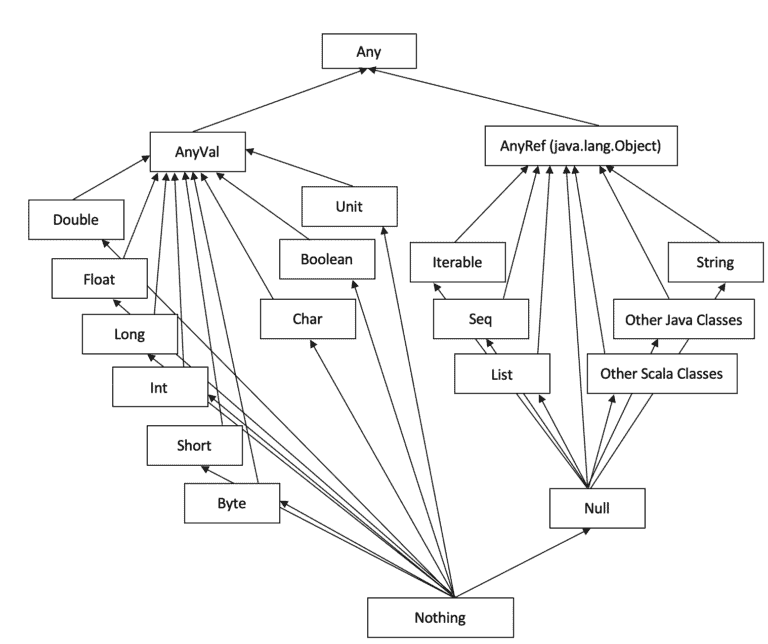

Note: might return different results for different runs, unless the underlying collection type is ordered.Įxample: List(1, 2, 3, 4). Note: will not terminate for infinite-sized collections. The head of the collection is the last cumulative result. Produces a collection containing cumulative results of applying the operator going right to left. Definition Classes TraversableLike → TraversableOnce → GenTraversableOnce def hashCode () : Int Implicit This member is added by an implicit conversion from Option to Iterable performed by method option2Iterable in scala.Option. Since Scala 3, there is also an option to use the. True if this collection is known to have finite size, false otherwise. Like Java, Scala is object-oriented, and uses a syntax termed curly-brace which is similar to the language C. However, checking hasDefiniteSize can provide an assurance that size is well-defined and non-termination is not a concern. recommend using the Search option from the menu bar to find your tutorial. These methods always attempt a traversal without checking first that hasDefiniteSize returns true. Spark By Examples Covers Apache Spark Tutorial with Scala, PySpark, Python. The typical failure mode is an infinite loop. Note: many collection methods will not work on collections of infinite sizes.

Non-empty Iterators usually return false even if they were created from a collection with a known finite size. It returns false if the stream is not yet evaluated to the end. For a non-strict collection such as Stream, the predicate returns true if all elements have been computed. All strict collections are known to have finite size. Tests whether this iterable collection is known to have a finite size. Definition Classes TraversableOnce → GenTraversableOnce final def asInstanceOf : T0 Nil for list concatenation or 0 for summation) and may be evaluated more than once seqopĪn operator used to accumulate results within a partition combopĪn associative operator used to combine results from different partitions Implicit This member is added by an implicit conversion from Option to Iterable performed by method option2Iterable in scala.Option. The initial value for the accumulated result of the partition - this will typically be the neutral element for the seqop operator (e.g. Daniel’s post on Options goes into more details, it’s really worth reading. Scala also helps (and requires) the caller of such function to deal with the situation: for example, by defining a default value.

A less-idiomatic way to use scala. By using Options we, as developers of a certain functionality, can clearly signal that our function might return without a proper result. toList Unary list of optional value, otherwise the empty list. unzip3 Split an optional triple to three optional values. This is the documentation for the Scala standard library. unzip Split an optional pair to two optional values.
#Scala option zip#
The most idiomatic way to use an scala.Option instance is to treat it as a collection or monad and use map, flatMap, filter, or foreach: val name: Option = request getParameter "name" zip Combine two optional values to make a paired optional value. Instances of Option are either an instance of scala.Some or the object None. The Scala Option is defined as a container that can either hold the value Some or None. This is not to be confused with the default clause, which also uses the underscore character.Represents optional values.


 0 kommentar(er)
0 kommentar(er)
